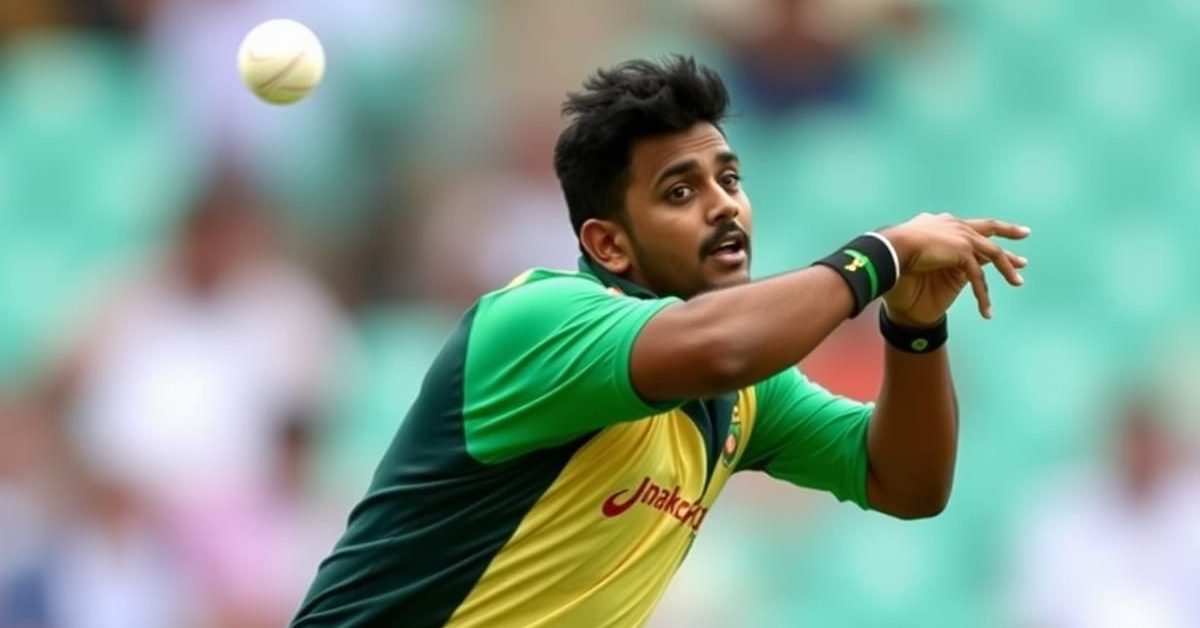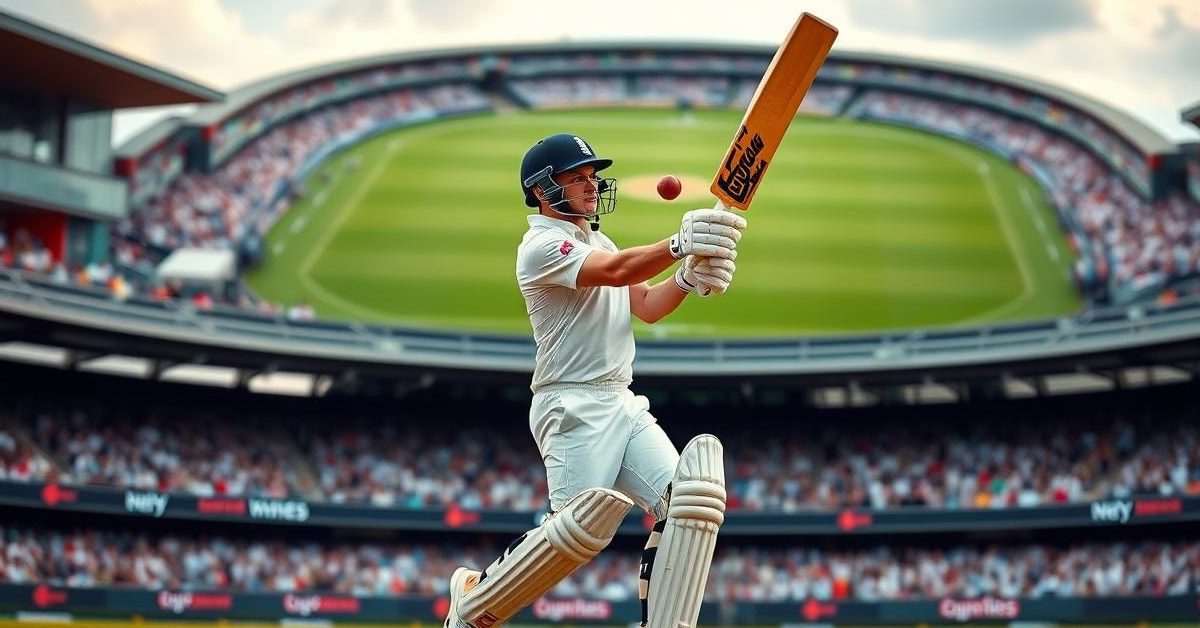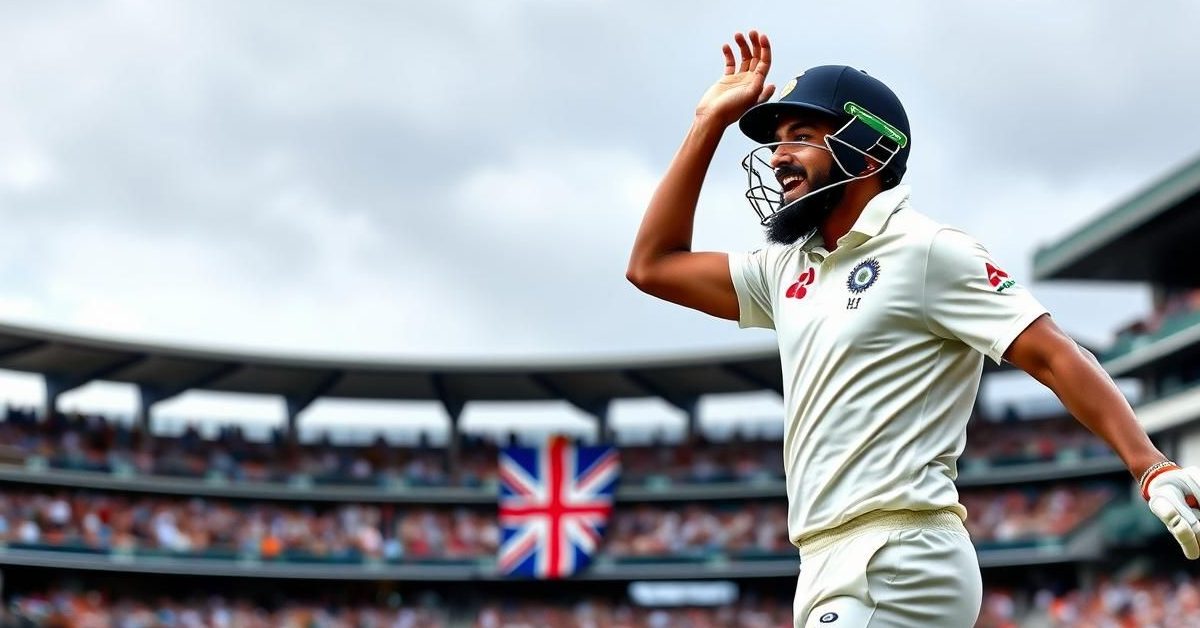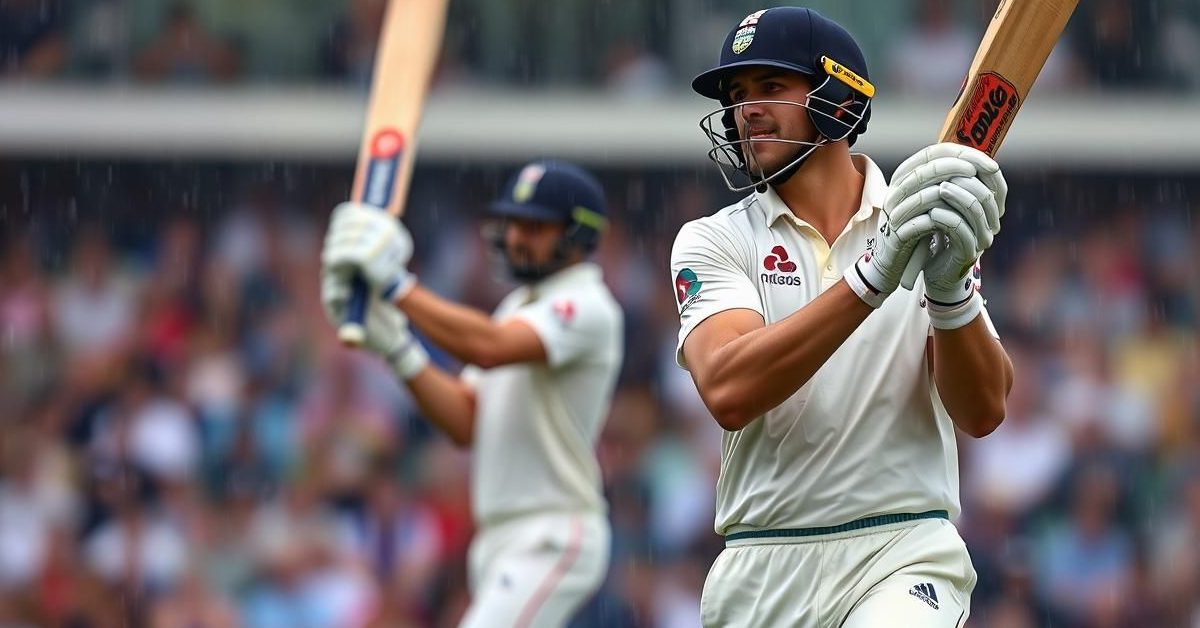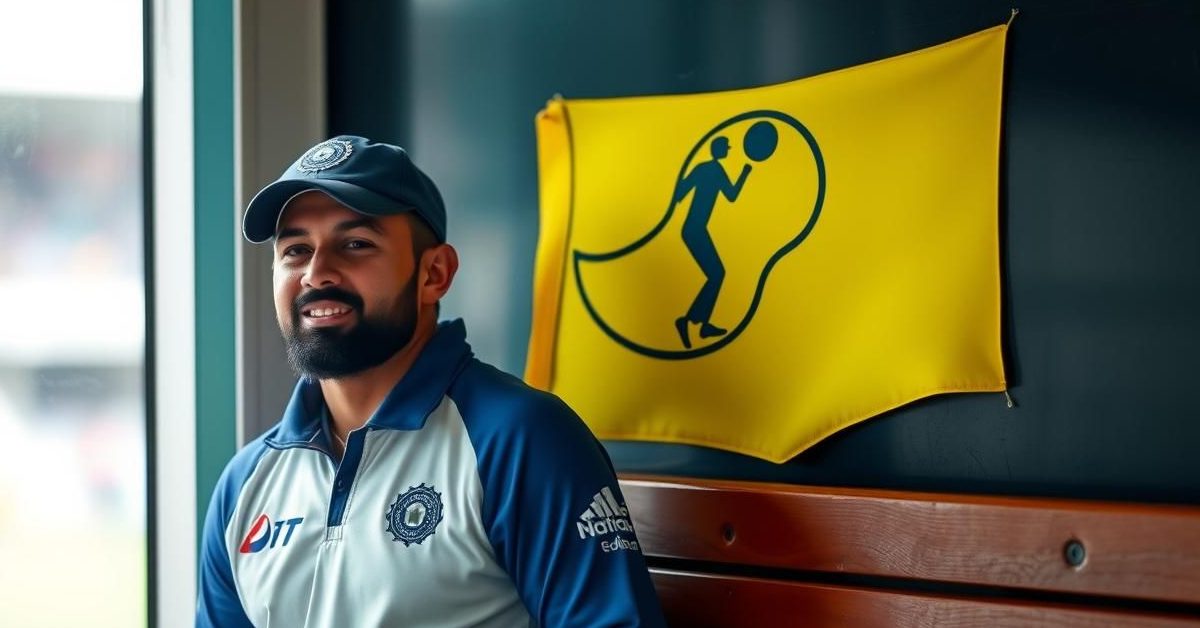Legendary fast bowler Glenn McGrath has highlighted the intense physical demands on modern-day pacers, emphasizing that stars like India’s Jasprit Bumrah critically need an off-season to manage their workload and avoid injuries.
The Crucial Need for an Off-Season
McGrath firmly believes that nearly all fast bowlers require an off-season to regain strength and recover. He likens continuous play without a break to driving a car without refueling, warning that eventually, it will run out of gas and break down.
The inherent nature of fast bowling places immense stress on the human body. Without proper rest and recuperation, injuries become almost inevitable for even the most resilient athletes.
Jasprit Bumrah’s Unique Challenge
Jasprit Bumrah’s bowling action is distinctive: a slow run-up, followed by rapid acceleration through the crease. He incorporates hyperextension and a unique wrist position that allows him to release the ball closer to the batsman.
While this technique makes him incredibly effective, McGrath points out that it’s “pretty tough on the body.” This physical strain, combined with a packed international cricket schedule, often leads to injury concerns for Bumrah, who has frequently been sidelined.
Managing Elite Pacer Workload
McGrath stresses that Bumrah needs to prioritize getting “stronger physically and fitter” to withstand the demands of fast bowling. An off-season is vital for him to build this foundational strength, preparing him for the stresses of an entire season.
The Australian great acknowledges the desire to have a star bowler on the field constantly. However, he suggests that other fast bowlers in the squad must step up. This shared workload would allow Bumrah to bowl shorter, more effective spells, preventing him from overexerting himself.
McGrath added that while it would be a shame to limit Bumrah to only Test cricket, the bowler must decide what’s best for his long-term career.
An Industry-Wide Issue
The problem of bowler burnout extends beyond India. England’s captain Ben Stokes also missed a recent Test due to a shoulder injury, highlighting the impact of short turnarounds between matches.
Teams are increasingly forced to rotate their pace attacks. For example, Mohammed Siraj was the only Indian pacer to play all five Tests in a recent series, underscoring the challenge of maintaining bowler fitness across formats.
Lessons from a Legendary Career
Drawing from his own illustrious career, where he claimed 563 Test wickets, McGrath shared his keys to staying injury-free. He attributed his longevity to a good bowling action with short delivery strides, strong genetics (high bone density), and an exceptional work ethic off the field.
McGrath also referenced Courtney Walsh’s incredible 21-year career as a testament to understanding one’s body and adapting. He reiterated his belief that “99.9 per cent of fast bowlers need an off-season to get strong again” for the upcoming season.
The Trainer’s Perspective on Recovery
Kevin Chevell, McGrath’s former trainer and now part of the MRF Pace Foundation, supports this view. He recommends an ideal 8-week off-season for pacers to fully recover and rebuild.
Chevell noted that top bowlers like Mitchell Starc actively prioritize these crucial breaks, understanding their importance for sustained performance and injury prevention.
- Most fast bowlers require a dedicated off-season to recover and build strength.
- Jasprit Bumrah’s unique action puts significant physical stress on his body.
- Effective workload management needs strong physical conditioning and support from other bowlers.
- Lack of sufficient rest leads to frequent injuries across international cricket.
- Prioritizing personalized training and recovery is crucial for a long and successful fast-bowling career.
The ongoing debate surrounding bowler workload highlights a critical need for sustainable practices to ensure the longevity of cricket’s most exciting pace talents.

